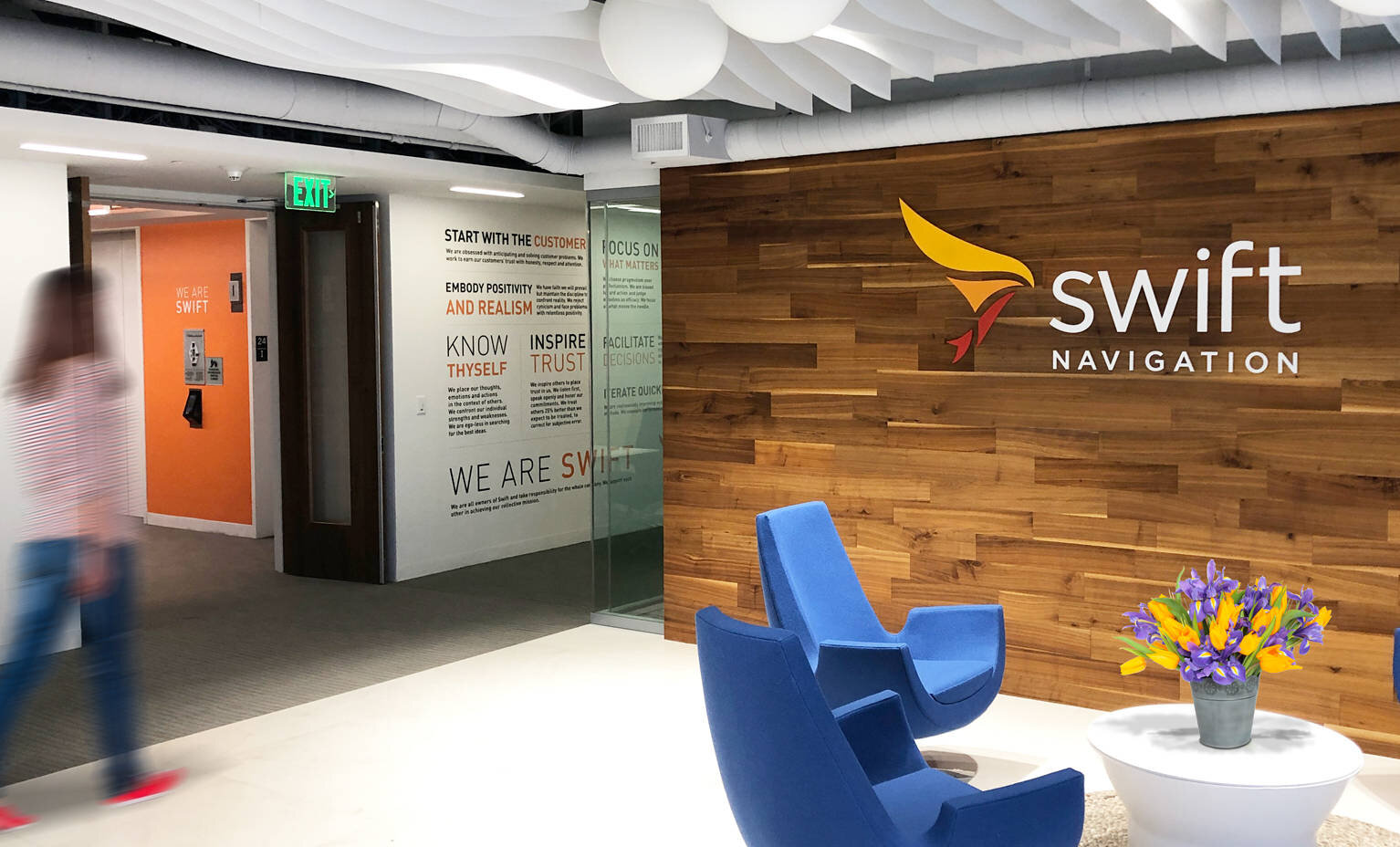#112 - Joel Gibson - EVP of Automotive, Swift Navigation
“The evolution towards higher levels of autonomy is starting to require much more confidence in the sensors, including the precision of location data.”




GPS, or the Global Positioning System, is now ubiquitous as a way for us to pinpoint our location anywhere in the world, plot that location on a reference, often a map, and know where we are. Did you know, however, that even some advanced GPS systems can only deliver an accuracy of about 25 cm. This level of precision, while sufficient for you and I, just does not cut it for a vehicle equipped with advanced driver assistance and autonomous driving features.
Precise location data is absolutely essential for ADAS and AD functionality. Cameras, radars, LIDARs and other sensors can help the car ‘see’ its environment, but for the vehicle to make sense of the input from these sensors, it needs a reliable, effective way of plotting this world on a reference map.
I learned from my guest on the latest episode of the AI in Automotive Podcast that GPS has a number of limitations when it comes to ADAS and AD applications. In this episode, I am joined by Joel Gibson, Executive Vice President of Automotive at Swift Navigation. Formerly, Joel was the Vice President of ADAS, Business Development and Strategy at Magna Electronics, where he started the camera product line and grew that business to be the largest camera automotive tier-1 supplier globally. Joel has 15 patents and holds a BS in Systems Engineering from Oakland University.
Joel, in his distinct style, lays out the basics of mainstream location systems, their limitations, and how these are compensated. We then go on a whistle stop tour of Swift Navigation’s technology stack, and how it is making ADAS and AD applications possible with its high-precision positioning service.
This episode of the AI in Automotive podcast is slightly different from our usual episodes featuring interesting applications of AI in the automotive and mobility industries. In this episode, we are going a bit further up the data chain and exploring an interesting way in which high-quality data is made available to an AI algorithm.
If you find this episode interesting, do share it with your friends and colleagues and rate our podcast wherever you listen to it.



